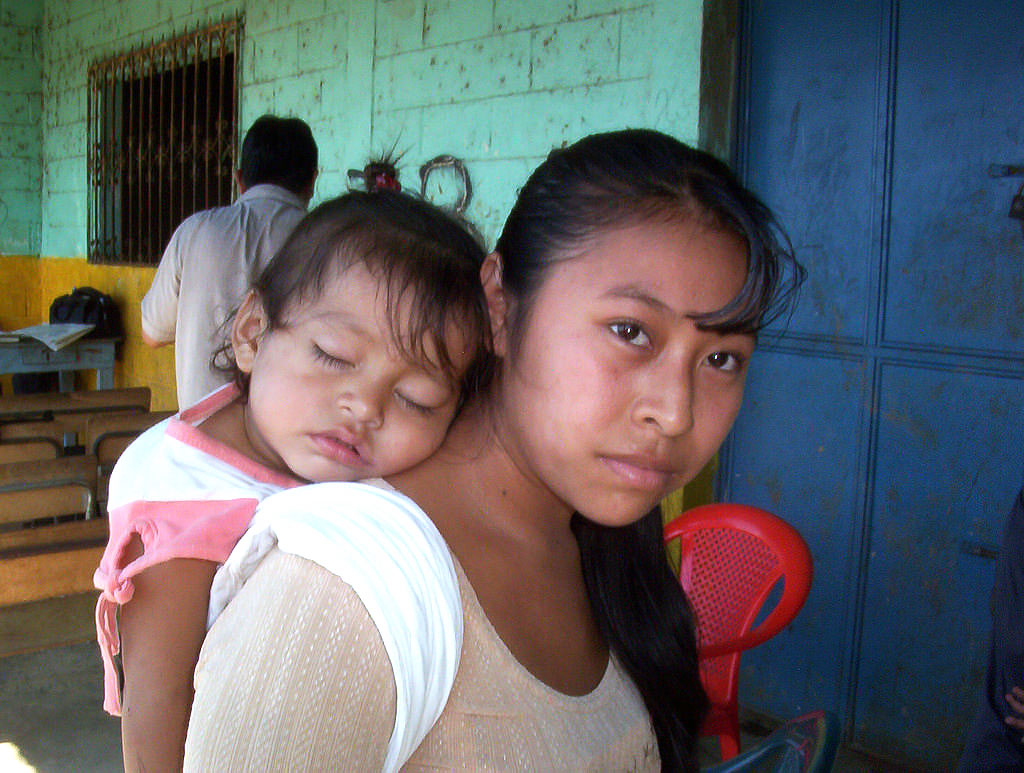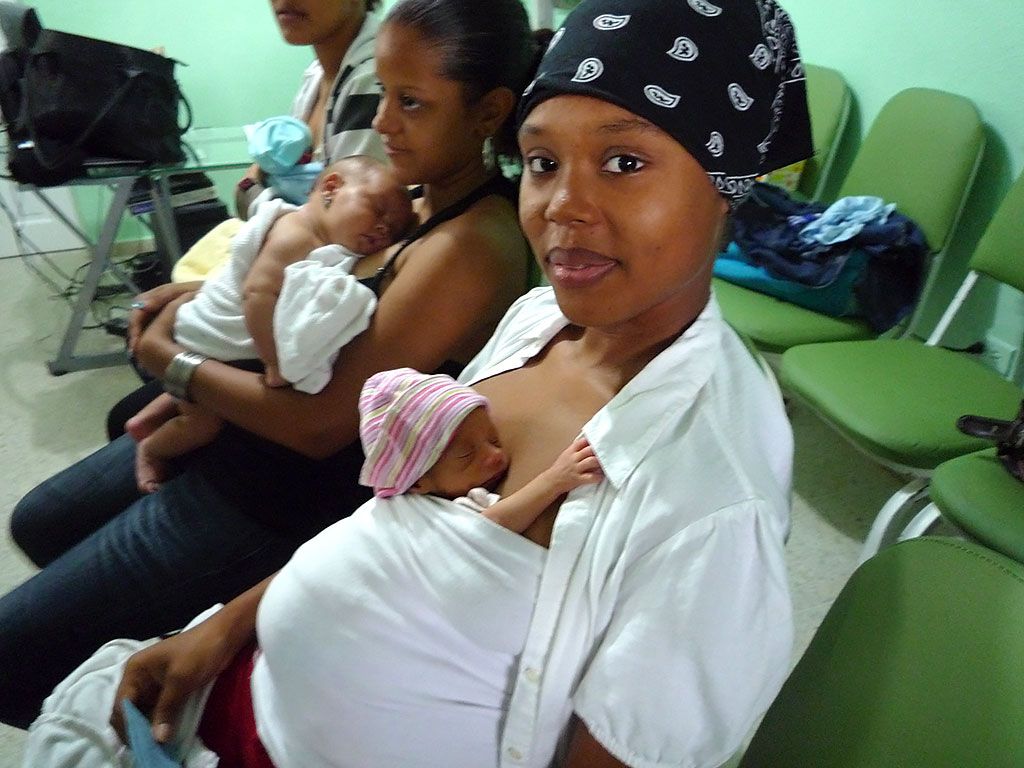From 18-21 October, the first-ever Global Maternal and Newborn Health Conference is being held in Mexico City. Sponsored by the Maternal Health Task Force at the Harvard School of Public Health, USAID’s flagship Maternal and Child Survival Program (MCSP), and Save the Children’s Saving Newborn Lives program—and in coordination and collaboration with a number of global and regional partners—the conference will focus on three themes: integration, quality care, and equity.
Below, MCSP’s Jennifer Luna and Dr. Goldy Mazia speak to the Program’s efforts to ensure access to high-quality health care services for all newborns.
This blog also appeared on the Crowd360 website.
There is good newborn health news from the Latin America and Caribbean (LAC) region these days: a significant drop in the neonatal mortality rate has reduced deaths per 1,000 live births from 22 in 1990 to 9 in 2013. To put this in context, LAC has already surpassed both the Sustainable Development Goal and Every Newborn Action Plan target related to neonatal mortality reduction.
However, this good news masks great inequities
both among and within LAC countries.
As a region, neonatal mortality rates range from a low of 5 for Chile to a high of 25 for Haiti. Moreover, individual country rates mask internal inequities—in Peru, for example, the national neonatal mortality rate is 12. However, the rate ranges from 15 for the poorest wealth quintile to 8 for the highest quintile. Similarly, skilled birth attendance reaches 95% in the richest quintile, compared with 65% in the poorest.
Yet despite these tremendous inequities, donors are reducing
or ending their funding to the LAC region.
Each year, 12 million mothers in these countries eagerly await the first cries of their newborns. Tragically, nearly 200,000 of these newborn lives end within the first 28 days of life, the majority from three largely preventable causes: infection, birth asphyxia, and complications of prematurity.
Too many newborns are needlessly dying.
And the reasons are clear.
At USAID’s flagship Maternal and Child Survival Program (MCSP), we know that areas with the highest neonatal mortality are also those with marginalized populations. Their disadvantages stem from poverty, lower education levels, and being of indigenous cultures or Afro-descendants. Most live in areas with poor access to health facilities.

Without special attention to these groups, our goal of universal health coverage will not be met.
We must reverse the frequent neglect of the poorest and most marginalized, and reach every pregnant woman, delivery and childbirth – as well as newborns – with a minimum package of interventions. We must reinvest in LAC, particularly in strategies that increase the participation of these populations in the health system.
As we know, what gets measured gets done! This means identifying where these populations live and measuring their use of health services that protect mothers and newborns, such as high-quality antenatal and postnatal care, and skilled birth attendance. It means reexamining the factors that contribute to inequity among ethnic minorities, such as inadequate services, patient blaming, purposeful neglect, verbal or physical abuse, and a disregard for traditional beliefs and indigenous languages.
The LAC Neonatal Alliance supports countries to develop and implement action plans for newborn health that address inequities and are directed to vulnerable and marginalized groups. MCSP and its predecessor program—the Maternal and Child Health Integrated Program—have been members of the LAC Neonatal Alliance since 2009, including service as Alliance Chair for the past three years.
With support from USAID and its partners,1 we have worked to foster a consensus among countries in the region on essential actions for newborn health by developing a Regional Strategy and Action Plan to promote newborn health, with special focus on the most vulnerable populations. The Alliance has played a key role in scaling up priority interventions—such as Kangaroo Mother Care and management of newborn asphyxia—and is currently working on improving surveillance of neonatal deaths in the region.

As a global community, we’ve come a long way in improving the lives of newborns. However, when these new lives are lost because populations are marginalized from the health system, we know there is still much to do.
Countries will only achieve their goals by attaining effective
coverage for high-impact approaches (quality) and
reaching those most in need (equity).
During this week’s conference, we encourage you to add your voice to the global conversation – use the official conference hashtag (#GlobalMNH) and “virtually” attend via conference webcasts. You’ll be joining technical implementers, policymakers, researchers and practitioners from more than 50 countries, all strategizing on the best ways to eliminate preventable maternal and newborn mortality globally.
****************
1 Partners include the Latin American Pediatric Association, ChildFund, CORE Group, Latin American Federation of Obstetricians and Gynecologists, Pan-American Federation of Nursing Professionals, Colombian Kangaroo Foundation, Regional Task Force for the Reduction of Maternal Mortality in LAC, International Confederation of Midwives, Latter Day Saints Church Charities, Maternal and Child Survival Program, Ministry of Health and Social Protection (Colombia), PAHO/WHO, Dominican Kangaroo Program, Project ASSIST, USAID: Applying Science to Strengthen and Approve Systems, Mesoamerica Health Initiative 2015, Save the Children, UNFPA, UNICEF, USAID, World Vision, and National Alliances from Bolivia, the Dominican Republic, El Salvador, Haiti, Paraguay and Peru.

